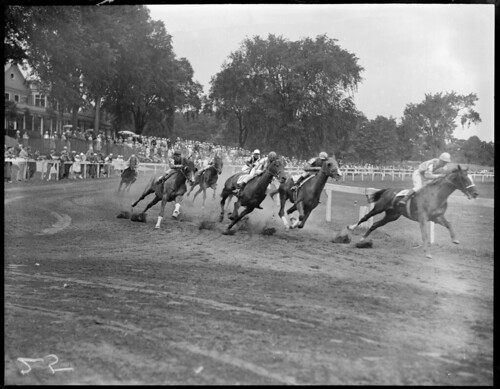As you are determining what your variables are and how you are going to measure them, it is also helpful to have clearly in mind what type of data (or level of measurement) you will be using. This is especially helpful when you are doing statistical analysis on the data later in the research process.
Recall the earlier discussion of types of variables? Nominal variable and ordered variables, right?
Now, let's expand that "ordered" type to get a total of four types of variables or levels of measurement.
The above video covers nominal, ordinal and interval. Note the addition of ratio below. What's the difference between interval and ration?
Level
|
Can be
Ranked?
|
Equal
Distance
|
Zero-Point
|
Example Variables
|
| Nominal | No | N/A | N/A | Gender |
| Ordinal | Yes | No | N/A | List of most preferred TV shows |
| Interval | Yes | Yes |
Arbitrary
Has + & -
| Agreement on Likert-Scale |
| Ratio | Yes | Yes |
Absolute
0 = absence
| Amount of time talking |
- nominal variables are classified into categories (names)
- They are not arranged in any particular order
- e.g., frequency counts, percentages.
- 48% male and 52% female
- 32% Catholic, 20% Baptist, etc.
- categories are ordered from highest to lowest
- e.g., Nielsen ratings (see just the rank data)
- intervals between categories are not standardized
- e.g., frequency counts, percentages
- categories are ranked
- assumed equal distances between ranks
- Arbitrary zero-point
- e.g. temperature - 0 degrees doesn’t mean the absence of temperature. Scale has + & - values.
- Another example: Likert-Scale
- categories are ranked
- Equal distances between rank
- Absolute Zero point. Zero means the absence of the thing you are measuring and there is no negative value.
- e.g., age, weight, number of words in a sentence, etc.
What is the connection between a horse race and levels of measurement?
Photo used under Creative Commons.
How would the MythBusters research (viewed earlier) fit in here? Did they operationalize their variables? How? At what level?
Busting Myths: Asking Questions, Finding Answers
If you are interested, see also Do Larger Breasts Equal Bigger Tips? | MythBusters
Share this post with others. See the Twitter, Facebook and other buttons below.
Please follow, add, friend or subscribe to help support this blog.
See more about me at my web site WilliamHartPhD.com.

No comments:
Post a Comment
Thank you for your comment.
Your comment will be reviewed.
If acceptable, it will be posted after it is carefully reviewed. The review process may take a few minutes or maybe a day or two.